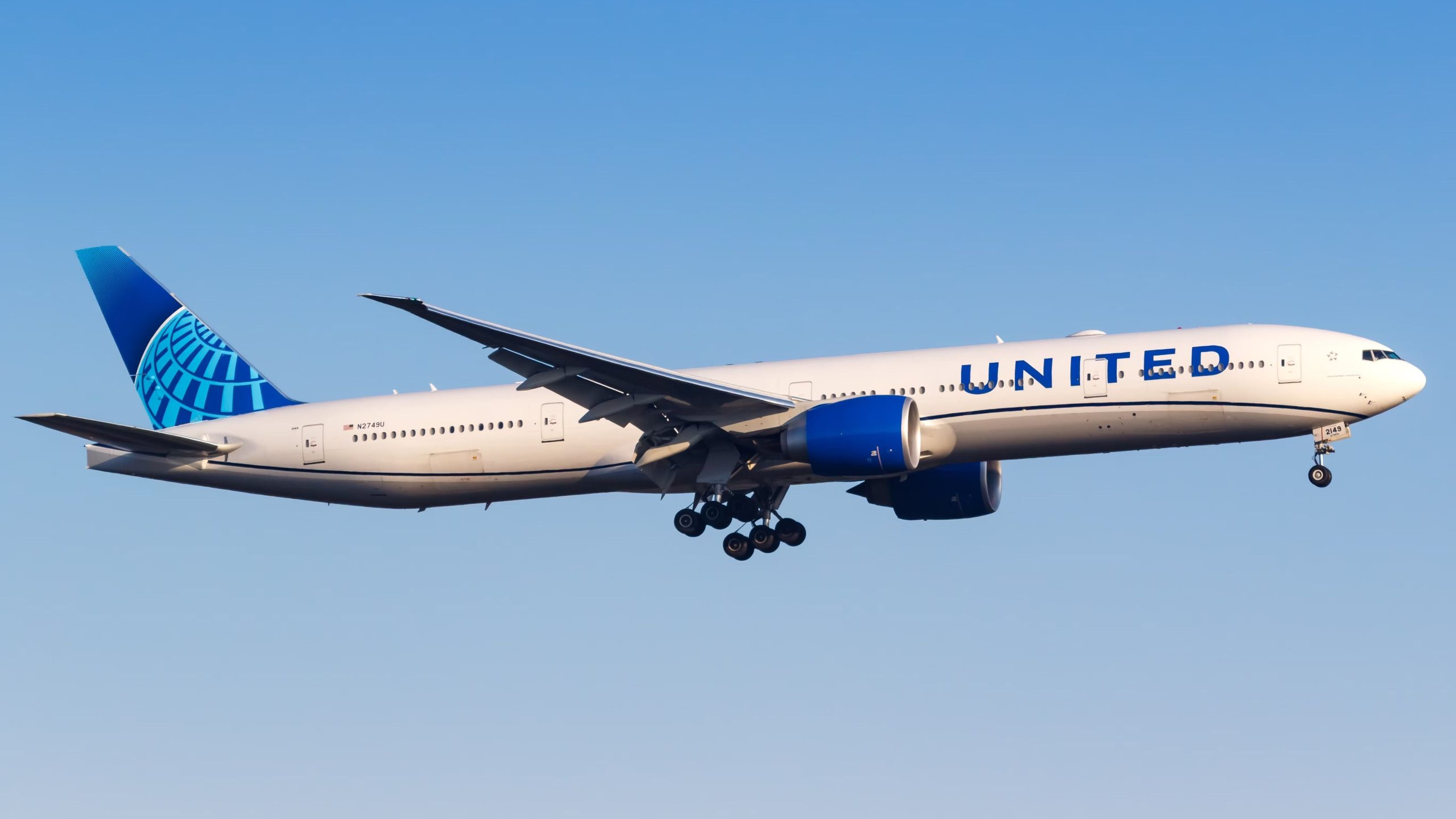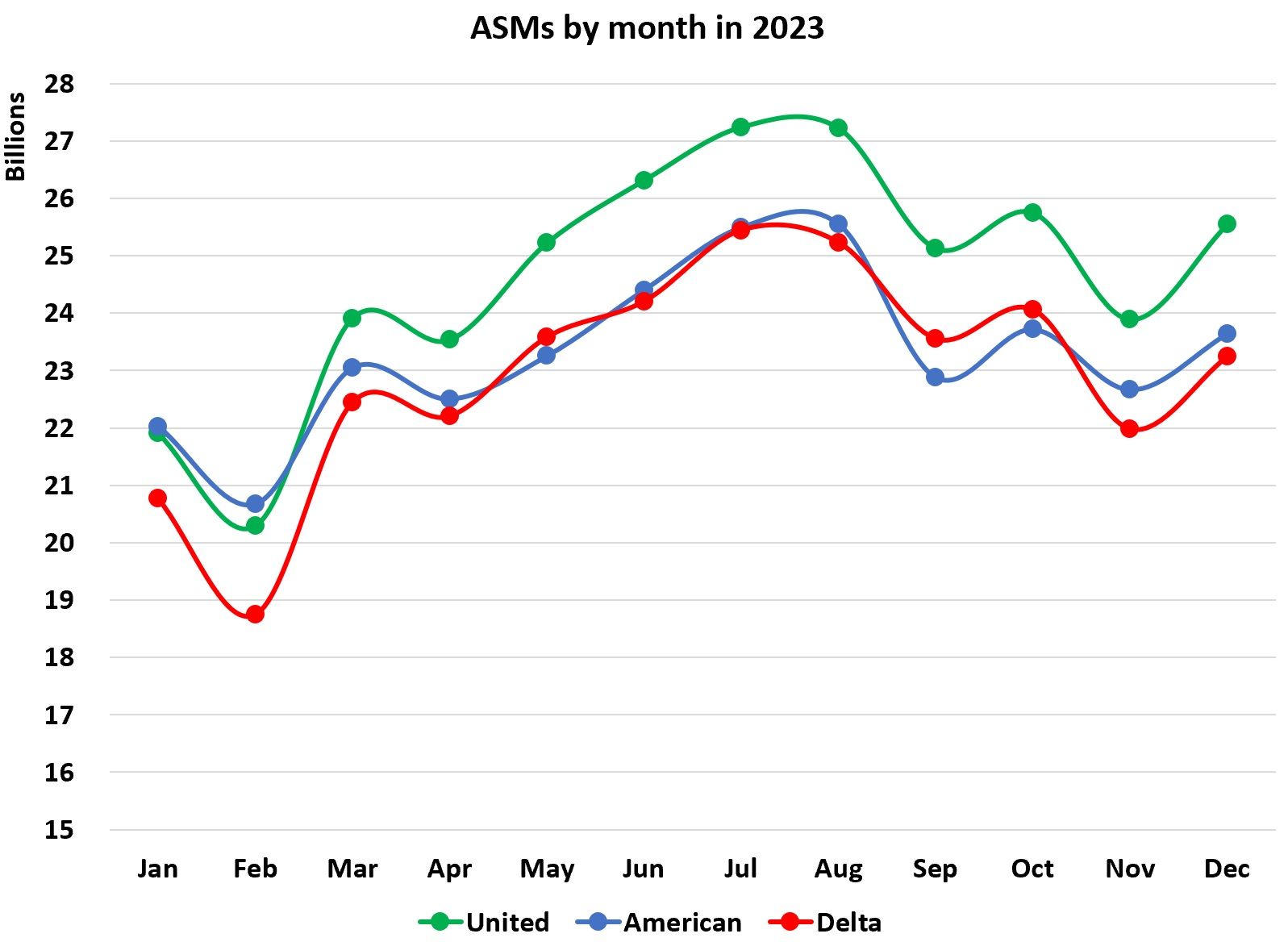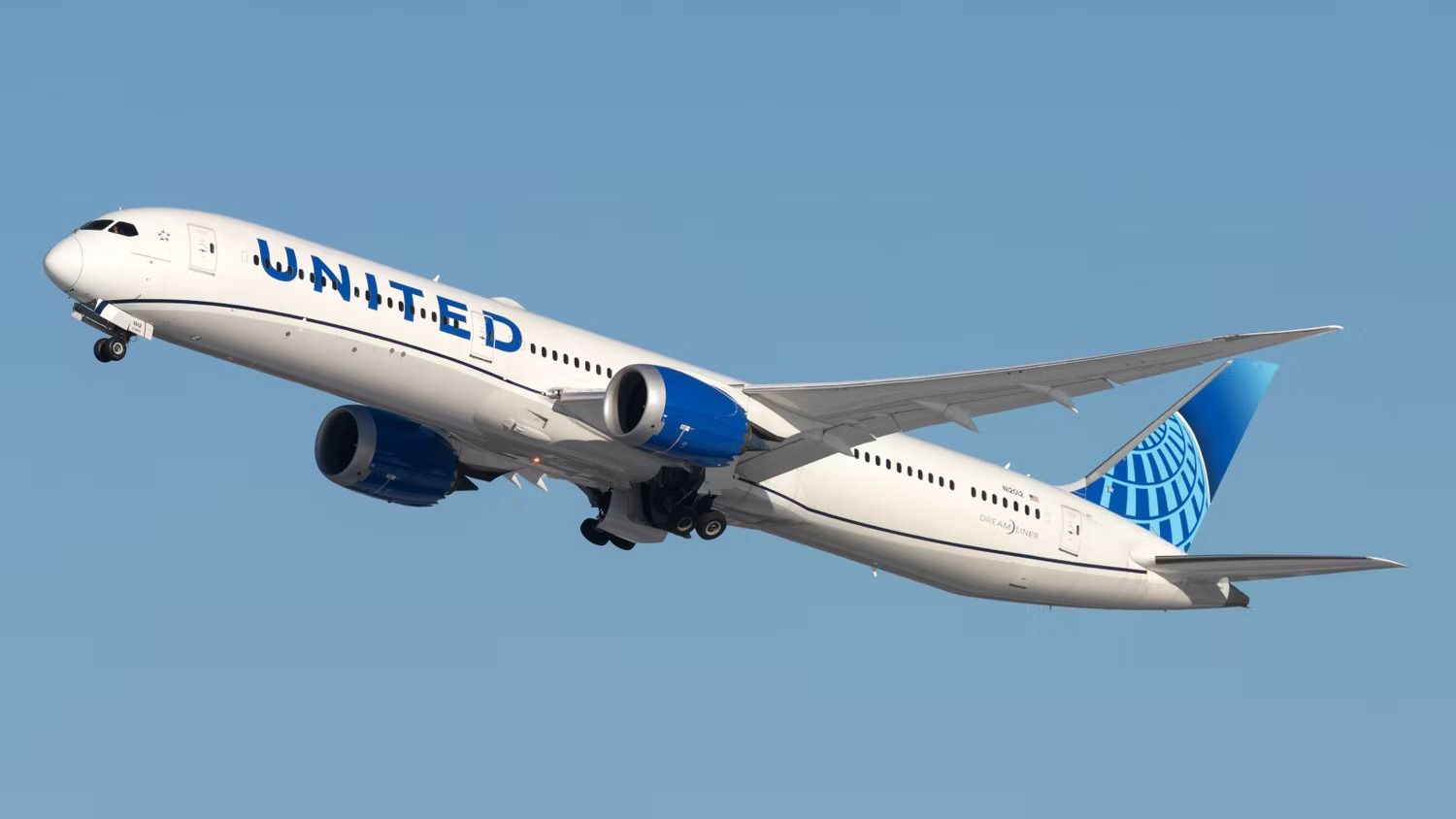Summary
- United Airlines has become the world’s largest carrier by available seat miles (ASMs).
- Its rise was influenced by its longer average sector length and more seats per flight.
- The Star Alliance member is the leading carrier from the US to Europe, Asia, and Australasia.
United Airlines is the world’s largest airline by ASMs in 2023, surpassing American Airlines, which had been first for years. United became number one in March and has remained in that position ever since. Not surprisingly, American continues to be first by passengers, seats, flights, fleet, etc.
United: the world’s top carrier by ASMs
ASMs are an everyday industry metric that refers to one seat flown one mile. Unlike seats and flights, which are also perfectly normal measurements I use daily, ASMs reflect distance. Other than distance, ASMs are influenced by the size of an airline’s total operation, aircraft gauge, the number of seats per flight, and the frequency of service.
Analysis of Cirium data shows that United overtook American as its average sector length is 26.2% longer – up by three percentage points versus 2019 – while using equipment with an average of 2.2% more seats per flight.
Source of data: Cirium. Figure: James Pearson.
Numerous aircraft deliveries, including many widebodies, have influenced United. This contributed to seats per flight rising by a fifth since 2019, from just 110 seats to 131, as the distance they are flying rose by 8%.
It is also directly influenced by United’s ASM production surpassing what it had in 2019 (+3.1%), while American remains down (-3.0%), based on Cirium data. While no doubt just temporary, it is a reminder of how things can and do change.
One in seven US long-haul ASMs
As you know, United is the USA’s leading international carrier regardless of whether ASMs, seats, or flights are used. It provides about one in seven of the country’s long-haul ASMs this year, defined here as 3,000 miles (4,828 km) or more.
Long-haul ASMs as a proportion of United’s total have risen by one percentage point versus 2019 to 39%, while American has reduced from 27% to 24%. (Delta rose by one percentage point to 31%.)
Photo: Vicenzo Pace I Simple Flying
Cirium data shows that United is the leading carrier from the US to Europe, Asia, and Australasia. While it is the largest US operator to the Middle East, it is third overall. It ranks second to South America (far behind American) and second to Africa (behind Delta).
Stay aware: Sign up for my weekly new routes newsletter.
These areas have grown strongly
If ASMs in all of United’s international markets are considered, most have grown strongly versus 2019. No wonder Scott Kirby said last year, “We have a unique position in our hubs for international growth, and I think international’s going to be really strong in the years to come.”
European ASMs have increased by a quarter, accounting for 43% of its international capacity. While South America and the Middle East are much smaller parts of its network, ASMs have risen enormously, although both from small bases.
Source of data: Cirium. Figure: James Pearson.
While Africa’s ASMs in 2019 are virtually invisible in the figure, they have risen by 133 times (!), although the continent obviously remains a minuscule part of its international operation. Asia is inevitably the laggard. ASMs are down by over a third, although it remains United’s second-largest international geographic area.
Growth outside Asia has been partly driven by new widebody aircraft, but Asia remains a shadow of its former self. When will that continent return, and what impact will it have more widely? Let us know your thoughts in the comments.
Sources of information: Cirium




